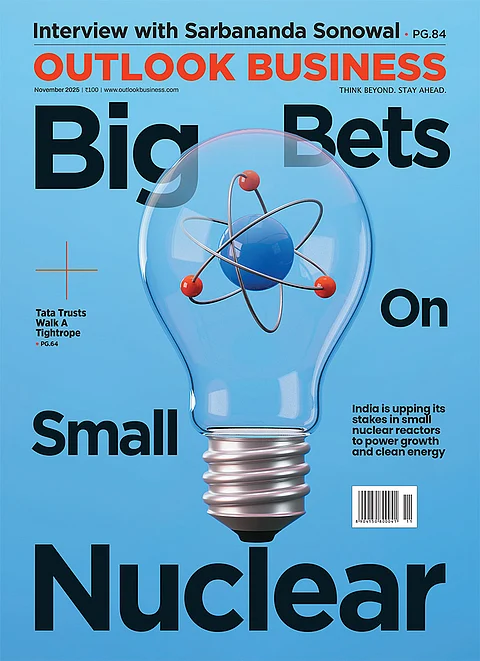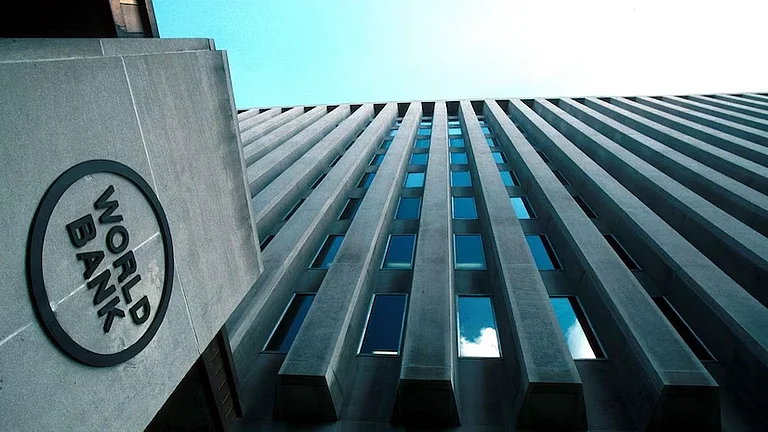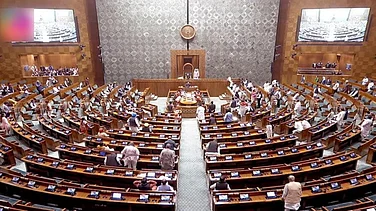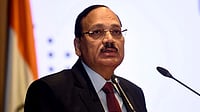
India reconsiders RCEP membership after exit in 2019 over trade concerns.
Officials cite Trump tariffs, supply chain shifts, and export diversification needs.
RCEP bloc covers 32.6% global GDP with 15 Asia-Pacific members.
India seeks market access assurances from China, ASEAN before rejoining pact.
Amid mounting trade tensions with the United States and recuperating relations with China, India is likely to make a return to the Regional Comprehensive Economic Partnership (RCEP) – an eastern trade bloc that it had exited nearly five years ago.
India is currently weighing the possibility of joining the trade group which comprises of 15 countries, two senior government officials aware of the matter told Mint, on the condition of anonymity. Back in November 2019, New Delhi had left the bloc citing concerns over market access, widening trade deficits, and risks to farmers, domestic manufacturing, and small businesses.
According to one of the officials quoted above, internal discussions on the matter have begun in the Indian government. The Centre is reassessing the costs and benefits of RCEP membership in light of global supply chain realignments, tariff wars, and the urgency of diversifying export markets.
The other official cited above said, “The fresh rethink is being explored as part of a broader strategy to deepen India’s trade engagement with neighbouring countries, especially after strained trade talks with the US."
What is RCEP Agreement?
The RCEP is known as the world’s largest free trade agreement. According to an UK-based data and analysis platform World Economics, the RCEP bloc accounted for 32.6% of Global GDP in 2025 and is home to over 2.35 billion people.
This trade group comprises 15 member countries, including all ASEAN member states like Brunei, Cambodia, Indonesia, Laos, Malaysia, Myanmar, Philippines, Singapore, Thailand, and Vietnam. Additionally, China, Japan, South Korea, Australia, and New Zealand are members of the bloc. Notably, Japan and Singapore had included a special provision allowing India to return to the bloc at any time.
Why did India Leave RCEP?
Earlier, India’s opposition towards RCEP was built on the basis of key concerns like unfavourable trade balance with China, fears that Chinese goods would flood Indian markets through third countries as well as New Zealand’s plan to supply milk and milk products to India that would hurt India’s small farmers and dairy cooperatives, experts said.
Kondapalli said, “China had been using Cambodia, Laos, Vietnam, and other ASEAN nations as platforms to reroute exports into India under existing free trade arrangements, leading to charges of unfair trade practices.” According to the JNU professor, “Out of nearly 14,000 tariff lines offered to China under its trade pact with India, Beijing increasingly exploited indirect channels, which became a major sticking point for New Delhi."
Currently, India’s strongest export sectors, such as pharmaceuticals and IT services are on the face on heavy restrictions in China and do not have market access there.
What’s Pushing India’s Comeback?
As per experts, punitive US tariffs are pushing eastern economies to make RCEP a more compelling platform. Speaking regarding this possible development, Srikanth Kondapalli, professor of China Studies at Jawaharlal Nehru University (JNU) said, “The US under President Donald Trump has imposed tariffs of 15-20% on several ASEAN economies, with higher duties of 40% on Laos and 19% on Cambodia.” He also stated, “Such tariff barriers have made exports uneconomical, pushing these countries to reconsider their trade options within the RCEP framework."
On the other hand, Trump imposed the highest 50% tariffs on India, including a 25% penalty for purchasing oil from Russia. The first set of duties came into effect on 7 August, while the next 25% is scheduled to come into force from 27 August 27 onwards.
According to Dattesh Parulekar, assistant professor of International Relations at Goa University, “Since both China and India are among the largest markets in the region, it is essential that they work out a more workable arrangement to make effective use of the RCEP platform.”
“Without mutual understanding between the two, the benefits of such a mega trade pact will remain underutilized,” he added.
RIS to Map RCEP Impact on India
The Research and Information System for Developing Countries (RIS), an autonomous body under the ministry of external affairs, has been asked to conduct an impact assessment of India becoming a member of RCEP, particularly as the Trump tariffs are expected to remain in place for a long period, the second official said.
In addition to that, the first official quoted said, “India is pushing for written assurances from China and ASEAN nations to ensure greater market access for Indian products in order to make the pact a more balanced agreement.”
According to the director-general of RIS, Sachin Chaturvedi, “The idea at this point of time is largely in terms of the opportunities that an FTA can create, and India has also brought in some changes.” He further said, “If you look at trade compatibility and scope, the ambit within which we had earlier thought of two- or three-tier tariff structures, and the new momentum we are seeing in India-China trade relations, both would have to be factored in. Then some framework for assessment should come up."






























